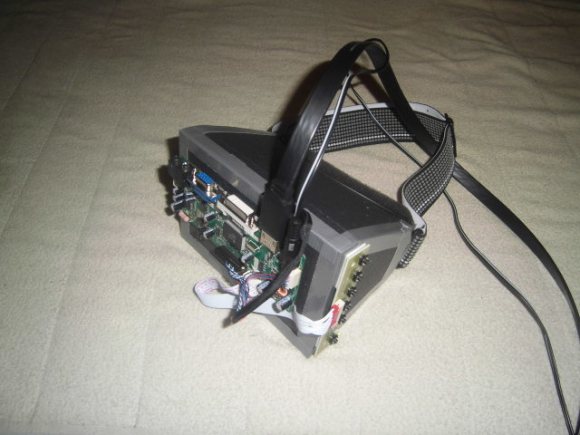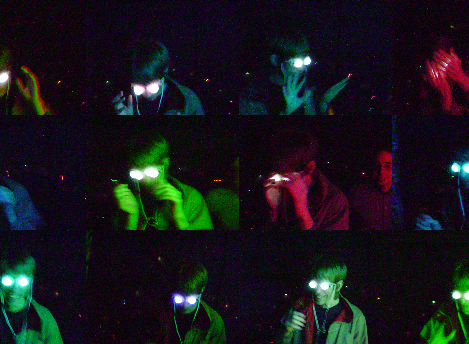
Lots of people build custom steampunk goggles, but most don’t implement any interactivity – they’re just an aesthetic accessory. [Sarah] recently decided to built a pair that, besides looking cool, would engage the wearer in creating sound. She accomplished this by integrating an optical theremin into their design.
To keep the build both affordable and wearable she researched simplified theremins, and eventually settled on creating a basic model that uses only a handful of components and two 555 timers. The main body of the goggles was constructed using mostly random mismatched pieces of metal and leather. Mounted on the outer edge of each lens, there is a photo sensor and a corresponding slider control. Adjusting the slider alters the level of resistance, therein changing the pitch of the sound. The theremin will produce different pitches and octaves depending on how much light the sensors receive. So, the wearer, or a nearby friend, waves their hands around the wearers head to control it.
The speaker and volume knob are cleverly disguised as the two ‘lenses’. Rotating the volume knob lens adjusts an internal potentiometer that’s held in place by a custom laser etched piece of acrylic. To top it all off, she even designed her own PCB using Eagle.
Check out a video demonstration after the break.















